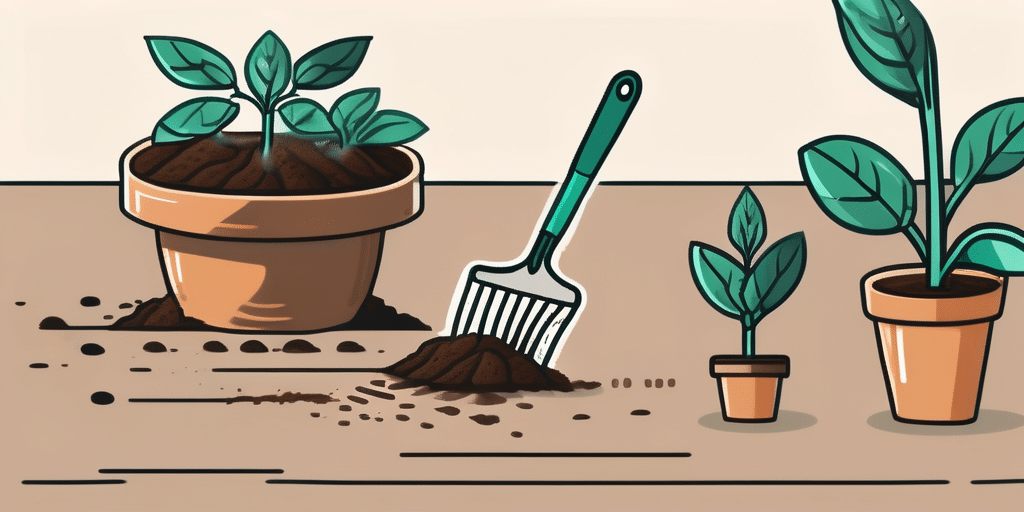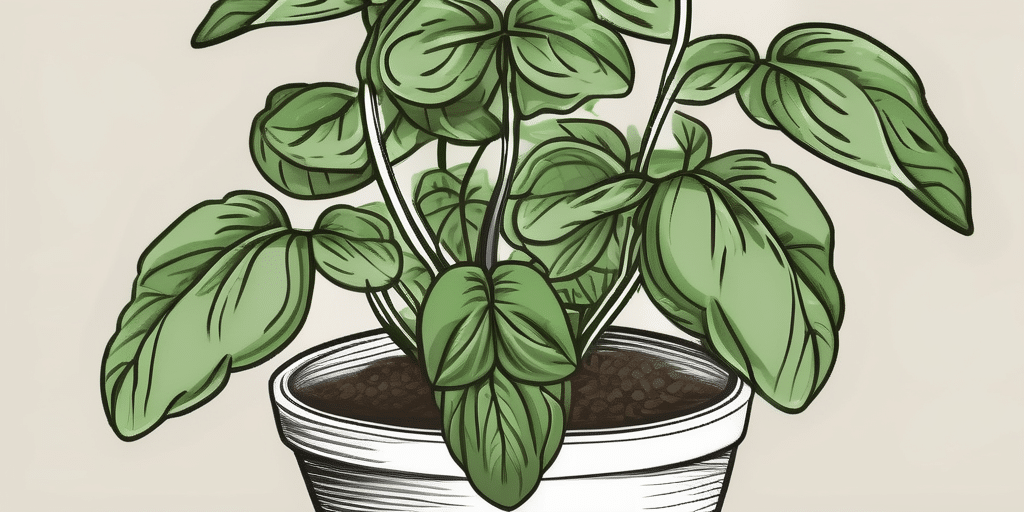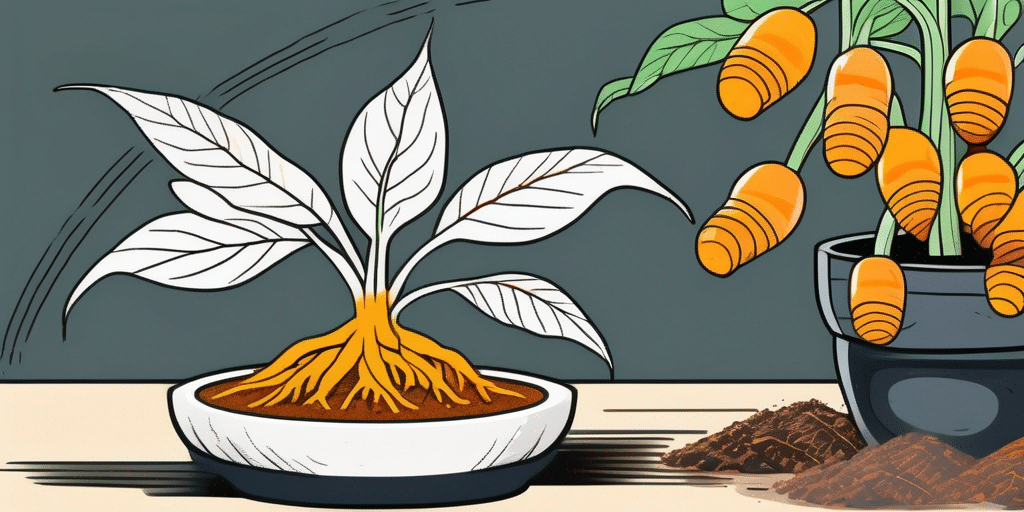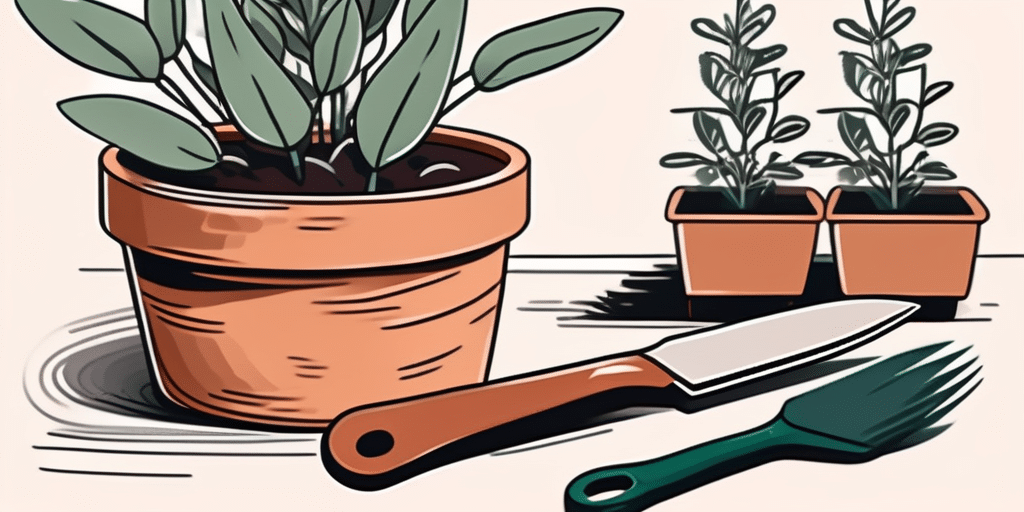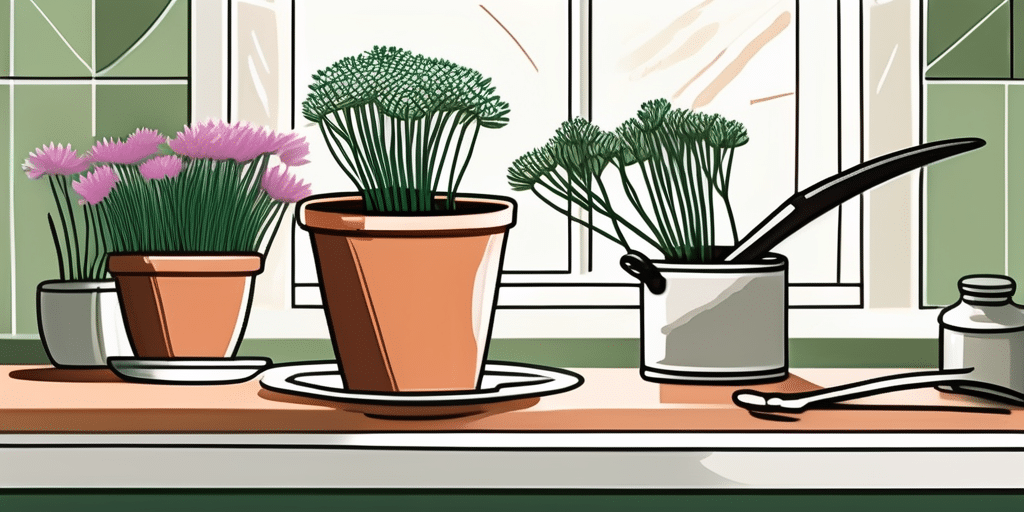If you are a fan of Mediterranean cuisine, chances are you have come across capers. These tiny, tangy buds add a burst of flavor to dishes like pasta, salads, and sauces. But did you know that capers come from a plant? In this ultimate guide, we will explore everything you need to know about the caper plant, from its origins and cultivation to its culinary uses and health benefits.
Understanding the Caper Plant
Origin and History of the Caper Plant
The caper plant, scientifically known as Capparis spinosa, has a long and storied history. Native to the Mediterranean region, it has been cultivated for its buds and fruit for thousands of years. The ancient Greeks and Romans were known to enjoy capers in their meals, and the plant has since spread to other parts of the world, including Asia and North Africa.
Legend has it that the caper plant was first discovered by the Greek god of medicine, Asclepius, who recognized its medicinal properties. The plant’s use in traditional medicine has been documented throughout history, with its anti-inflammatory and antioxidant properties highly valued.
The Anatomy of a Caper Plant
Let’s take a closer look at the anatomy of a caper plant. The caper plant is a perennial shrub that can grow up to 3 feet in height. Its branches are covered in thick leaves, and it produces beautiful white or pink flowers. The buds, which are picked before they bloom, are the most sought-after part of the plant for culinary purposes.
Interestingly, the caper plant is well-adapted to thrive in arid conditions, making it a popular choice for cultivation in regions with hot and dry climates. Its deep root system allows it to access water sources that other plants cannot reach, making it a resilient and hardy plant.
Cultivating Your Own Caper Plant
Ideal Conditions for Caper Plant Growth
Before you dive into cultivating your own caper plant, it’s important to understand the ideal growing conditions. Capers thrive in warm, dry climates with plenty of sunlight. They prefer well-draining soil and can tolerate poor soil conditions. If you live in a region with cold winters, consider growing capers in containers that can be moved indoors during the colder months.
When it comes to creating the perfect environment for your caper plant, it’s not just about the climate and soil conditions. These plants are known for their ability to withstand harsh conditions, but they also appreciate a little extra care. To give your caper plant the best chance of success, consider adding a layer of organic compost to the soil before planting. This will provide essential nutrients and improve the overall health of the plant.
Step-by-Step Guide to Planting Capers
- Choose a sunny spot in your garden or prepare a container with good drainage.
- Prepare the soil by removing any weeds and adding organic matter.
- Dig a hole that is slightly larger than the root ball of your caper plant.
- Place the caper plant in the hole and backfill with soil, making sure the plant is at the same level as it was in the container.
- Water the plant thoroughly and add a layer of mulch to conserve moisture.
- Water regularly, making sure the soil stays moist but not waterlogged.
- Prune your caper plant in early spring to encourage bushier growth and more abundant budding.
Planting capers is a relatively straightforward process, but there are a few additional tips that can help ensure success. When choosing a container for your caper plant, opt for one that is at least 12 inches deep to accommodate the plant’s extensive root system. Additionally, consider using a well-draining potting mix specifically formulated for succulent plants, as this will provide the ideal balance of moisture retention and aeration.
Common Pests and Diseases
Like any plant, capers can be susceptible to pests and diseases. Keep an eye out for aphids, which can suck the sap from the leaves, and caterpillars, which can munch on the foliage. To deter these pests, you can use organic insecticidal soap or introduce beneficial insects to your garden, such as ladybugs and lacewings. As for diseases, capers are generally hardy but may occasionally be affected by fungal infections. To prevent this, avoid over-watering and ensure good air circulation around the plant.
Another common pest that can plague caper plants is the spider mite. These tiny creatures can quickly infest your plant, causing damage to the leaves and reducing its overall health. To combat spider mites, regularly inspect the undersides of the leaves and use a strong jet of water to dislodge them. You can also try using neem oil, a natural insecticide, to control the infestation.
Harvesting and Storing Capers
When and How to Harvest Capers
Now comes the exciting part: harvesting your own capers! The best time to harvest capers is when the buds are still small and green, just before they start to open. Use a pair of sharp scissors or pruning shears to cut the buds from the plant, leaving a short stem attached. Be sure to harvest regularly to encourage more budding throughout the season.
Capers are a unique ingredient that adds a burst of tangy flavor to various dishes. They are harvested from the caper bush, also known as Capparis spinosa, which produces delicate flower buds that are handpicked for culinary use. The caper bush thrives in dry, arid climates and is commonly found in Mediterranean regions, where the buds have been prized for centuries for their distinctive taste.
Proper Storage Techniques for Capers
Once you have harvested your capers, it’s important to store them properly to retain their flavor. Start by rinsing the buds to remove any dirt or debris. Then, transfer them to a clean, airtight container and cover them with a brine solution made of water, salt, and vinegar. The capers can be stored in the refrigerator for several months, and they will develop a richer flavor over time.
In addition to their culinary uses, capers have also been valued for their medicinal properties. Rich in antioxidants and vitamins, capers have been used in traditional medicine to treat various ailments, including digestive issues and inflammation. The brine solution in which capers are stored not only enhances their flavor but also acts as a natural preservative, keeping the buds fresh and flavorful for an extended period.
Culinary Uses of Capers
The Role of Capers in Mediterranean Cuisine
Capers are a staple in Mediterranean cuisine and are used in a wide variety of dishes. They add a tangy, salty flavor that pairs well with seafood, pasta, and salads. You will often find capers in classic dishes like pasta puttanesca, salade niçoise, and piccata sauces. Next time you are cooking up a Mediterranean-inspired meal, be sure to include capers for that extra burst of flavor.
In addition to their flavor-enhancing qualities, capers also provide a nutritional boost to dishes. These small green buds are packed with antioxidants and vitamins like vitamin K and vitamin C. They are also low in calories, making them a healthy choice for adding flavor to your meals.
How to Incorporate Capers into Your Meals
There are countless ways to incorporate capers into your meals. Here are a few ideas to get you started:
- Add capers to your favorite pasta sauce for a tangy kick.
- Sprinkle capers on top of grilled fish or shrimp for added flavor.
- Toss capers into salads for a burst of tanginess.
- Use capers as a garnish for deviled eggs or bruschetta.
- Blend capers into creamy dips or spreads for a savory twist.
For a unique twist, try pickling your own capers at home. This process involves curing the caper buds in a brine solution, which enhances their flavor and prolongs their shelf life. Homemade pickled capers can be a delightful addition to charcuterie boards or antipasto platters, adding a pop of acidity to complement cured meats and cheeses.
Health Benefits of Capers
Nutritional Profile of Capers
Despite their small size, capers are packed with nutrients. They are a good source of vitamins A, C, and K, as well as minerals like iron and calcium. Additionally, capers are low in calories and fat, making them a healthy addition to your diet.
Capers and Heart Health
Studies have shown that capers may have beneficial effects on heart health. They are rich in flavonoids, which are antioxidants that help reduce inflammation and protect against cardiovascular diseases. Including capers in your diet can be a delicious way to support your heart health.
Other Health Benefits of Capers
Aside from their potential heart health benefits, capers may also have other positive effects on the body. Some studies suggest that capers may have antibacterial properties, help regulate blood sugar levels, and even possess anti-cancer properties. However, more research is needed to fully understand these potential benefits.
Now that you have learned all about the caper plant, from its cultivation to its culinary uses and health benefits, it’s time to start incorporating this flavorful ingredient into your meals. Whether you choose to grow your own caper plant or simply enjoy capers in your favorite recipes, you can’t go wrong with this versatile and tasty ingredient.
Join the How to Grow Everything Community
Ready to transform your culinary garden into the Garden of Your Dreams? Subscribe for free to How to Grow Everything and gain access to personalized gardening advice tailored to your location, grow zone, and experience level. Dive into our extensive library of free articles to enhance your gardening skills and enjoy special offers designed for our community members. With us, it’s not just about tips; it’s about growing together, from our family to yours. No spam, just the best gardening secrets delivered directly to your inbox. Start your journey to a dream garden with capers and more today!
